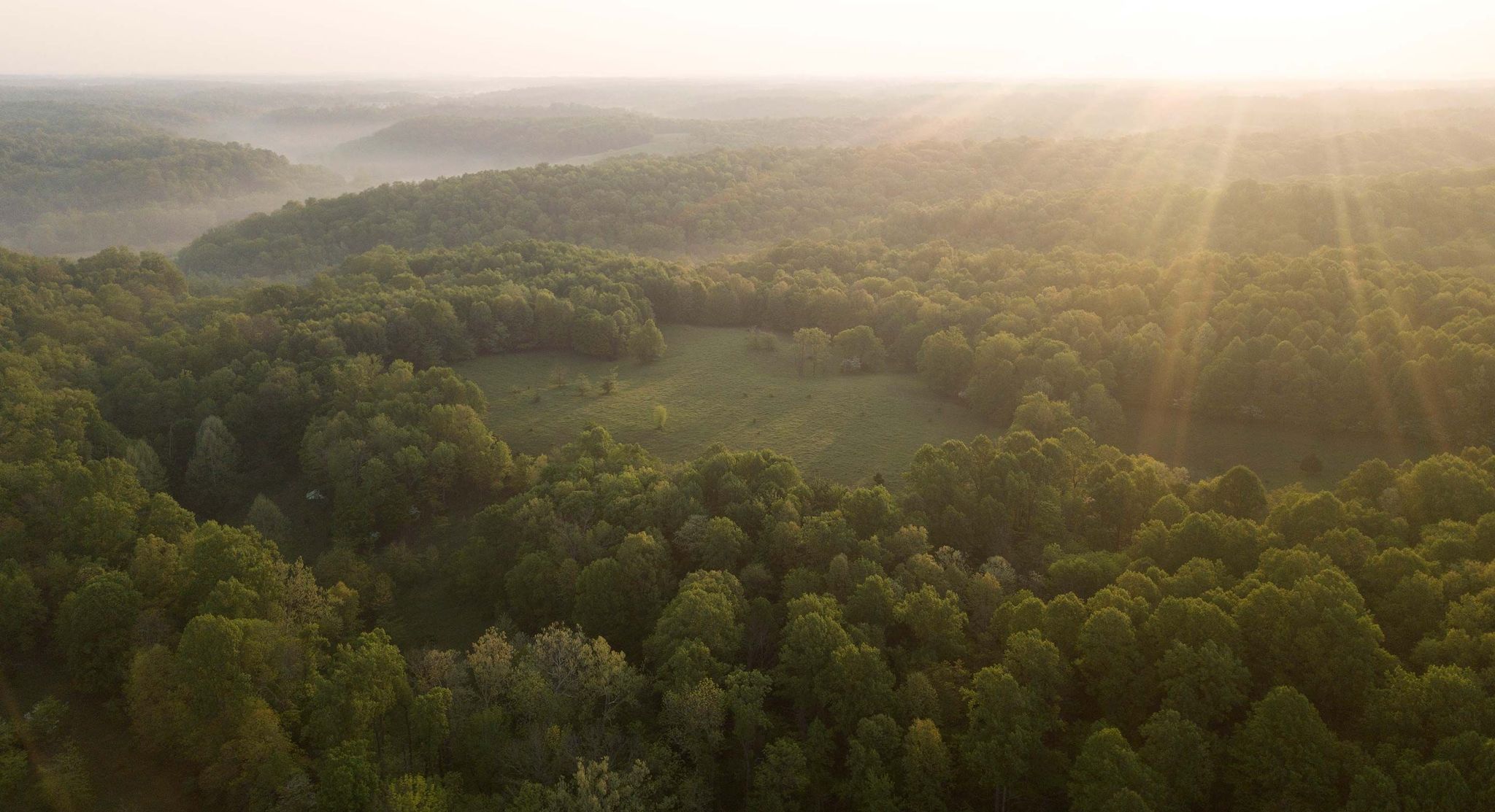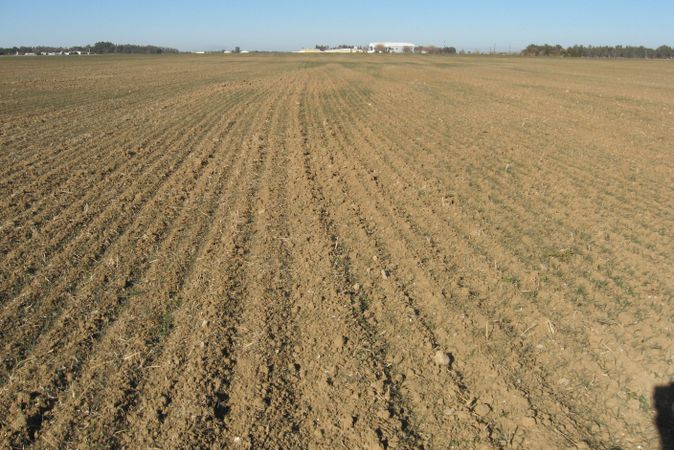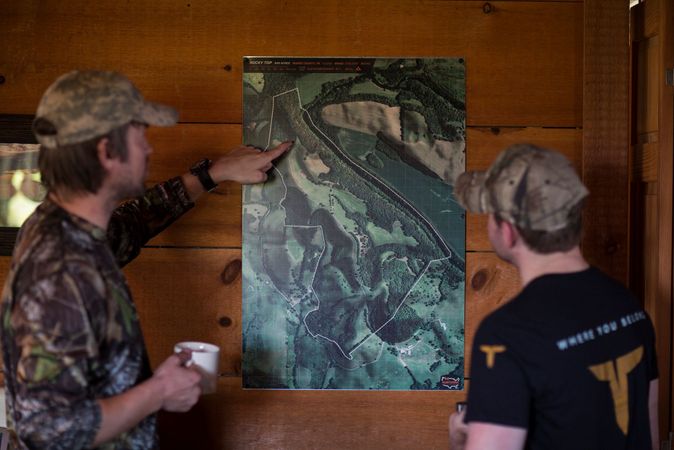Before the convenience of frozen food and refrigerators, canning fruits and vegetables was a way gardeners could preserve and these foods in the colder months when fresh produce wasn’t available. Canning has remained popular over the years because it produces high-quality, flavorful food at a very low cost.
Getting started is easier than one might think. There are only a few materials you’ll need to track down, and the others you’ll likely have lying around the house. Whether you’re brand new to canning or just looking for a few tips, we’ll walk you through the two most common methods for preserving fruits and vegetables, each with a helpful “how to” video.
Water Bath Canning
This method is only used for highly acidic foods such as tomatoes, radishes, peaches or plums. If you’re unsure of the acidic level of your fruit or vegetable, this chart can help you out. Water canning is the most popular method for preserving salsas, jams, jellies relishes and other similar sauces. Inspect jars and lids thoroughly before canning to ensure they are free of any cracks or knicks that could prevent them from sealing. If you come across an imperfect jar, don’t use it for canning even if the knick is small. Using it will make the food unsafe to consume.
What You’ll Need
- Water bath canner or a large saucepan with a lid
- Jar rack
- Mason jars with new lids
- Kitchen utensils such as a wooden spoon and a non-metal spatula
- Canning funnel
- Jar lifter
- Bubble freer and headspace tool
Pressure Canning
Pressure canning is the only safe method for preserving low acidic (alkaline) foods. The canner is capable of heating the food in your jars to a temperature of 240 degrees Fahrenheit. Once heated to this temperature, the bacteria that causes botulism is killed off. You can heat your fruits or vegetables before processing or process them raw depending on the recipe you are following. Remember to check jars and lids for any knicks, scratches, cracks or uneven rims that may prevent proper sealing or cause the jar to break.
What You’ll Need
- Pressure cooker
- Jar rack
- Mason jars and new lids
- Jar lifter
- Kitchen utensils such as a wooden spoon, ladle and paring knife
- Canning funnel







